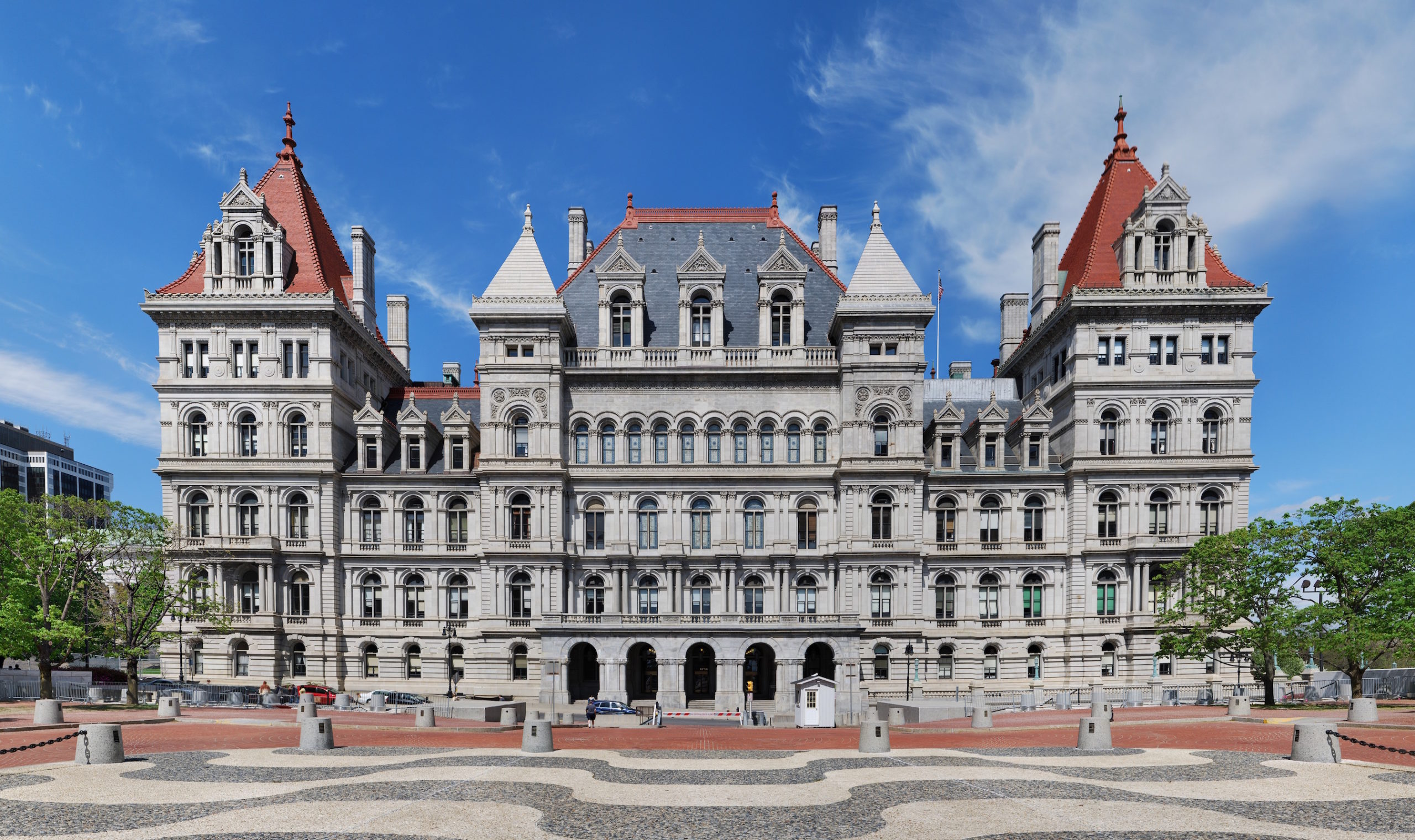A 1.26 percent cap on increases to tax revenue this year will give North Shore school districts some added breathing room after a much tighter cap last year, local school officials said.
But several other factors continue to affect the districts, indicating they will face some of the same challenges in this budget season as they have in past years under the tax cap law, officials said.
“There’s so many pieces to this tax cap factor that one or two things doesn’t really tell the whole picture,” Jacqueline Pirro, assistant superintendent for business in the East Williston school district, said.
New York’s 677 school districts and 10 of its cities cannot increase their tax levies by more than 1.26 percent this year compared with the 2015-16 budget year, state Comptroller Thomas DiNapoli said last week.
The number reflects the rate of inflation. The tax cap law requires local municipalities to restrict the annual increases in their tax levy, the amount of money they raise through property taxes, by the lower of 2 percent or the inflation rate.
The 1.26 percent cap is considerably higher than last year’s allowable increase of 0.12 percent, but is still the second-lowest allowed increase since the law took effect in 2012.
This year is the fourth straight year that the cap has been below 2 percent, said DiNapoli, a former Mineola school board trustee.
“My audits have shown some school districts will be able to rely on ample rainy day funds to offset the low growth in revenue, but others must examine their budgets to determine where they can limit spending or cut costs in order to stay under the cap,” DiNapoli said last Wednesday.
While East Williston school officials will find it “helpful when trying to navigate the constraints within the tax cap,” the higher number comes alongside larger increases to districts’ health care costs this year, Pirro said.
It also appears schools will not see much of an increase, if any, in state aid according to the $152 billion state budget Gov. Andrew Cuomo unveiled last week, Fino Celano, the Herricks school district superintendent, said.
Cuomo has proposed a $1 billion increase in school aid, Politico New York reported — about half the increase recommended by the state Board of Regents.
The flat aid levels “will present a major challenge for school districts, as we face rising costs, in such areas as health insurance for employees,” Celano said in an email. “We are hoping that the state Legislature increases state aid funding beyond the levels that have been proposed by Gov. Cuomo.”
Complicating matters further is the fact that the 1.26 percent tax hike cap is just one part of a complex formula that determines the actual allowable tax levy growth for each district.
Another piece of that formula is the tax base growth factor, a multiplier reflecting the amount of new brick-and-mortar construction that can vary widely from district to district.
The formula has previously let some districts grow their tax levies beyond the state benchmark, while others are required to collect less tax money than in the prior year.
As they have before, Herricks administrators are addressing the budgeting challenges by looking for cost efficiencies, negotiating “fair and responsible” labor union contracts and seeking additional state aid and grant funds, Celano said.



